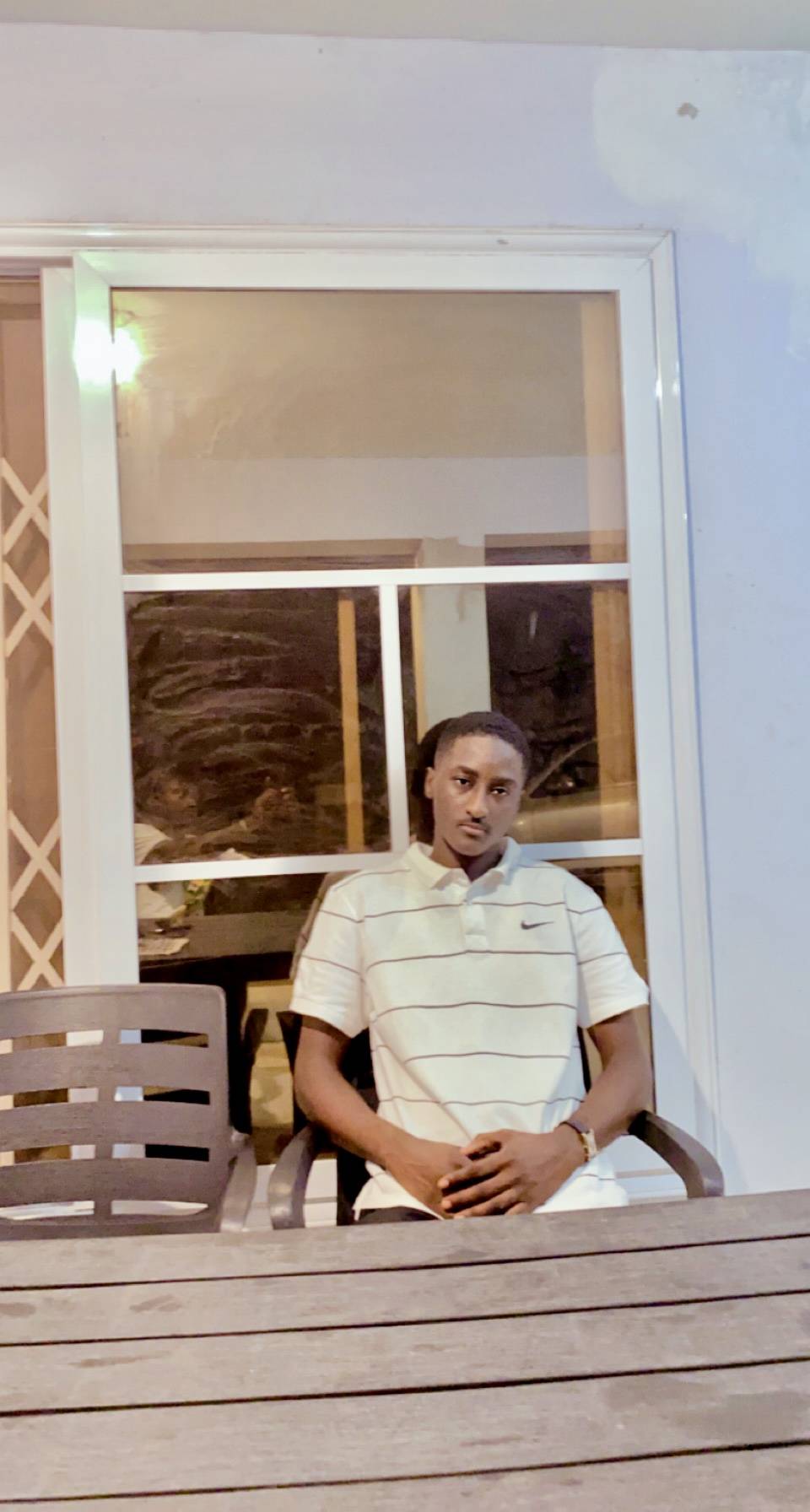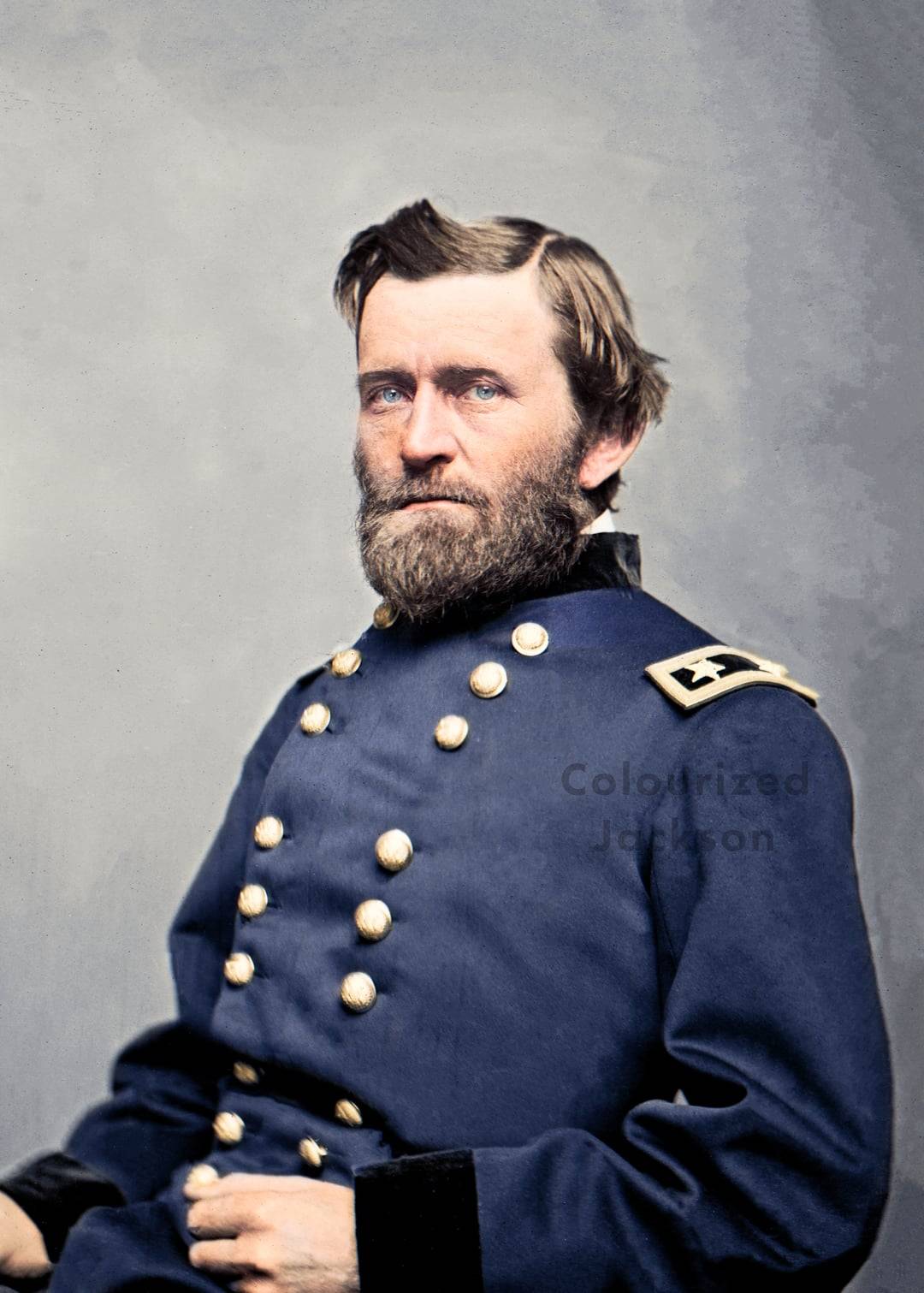Ulysses S. Grant, with a brace to maintain his posture during a lengthy photo session to prevent motion blur from subtle movements, in the 1860s.
The oldest surviving photograph (second photo) was captured in 1827 by French inventor Nicéphore Niépce. It was titled "View from the Window at Le Gras" and displays a view of his estate in the countryside. The exposure is said to have taken a total of 8 hours!
In 1839, Louis Daguerre introduced the daguerreotype, which reduced the exposure time to just 15 minutes. Although this was a groundbreaking advancement in photography, it still couldn't capture smiles in portraits quickly enough.
Depending on the camera used, the amount of light, and the size of the lens, the photo session with Ulysses S. Grant could have ranged from a minute to 15 minutes. The presence of a photographer's brace, however, suggests that the exposure time leaned toward the longer end. It's important to note that shortly after the Civil War, exposure times significantly decreased, and by the 1890s, cameras were available on the market that could capture photos in a few seconds or less.
Ulysses S. Grant, with a brace to maintain his posture during a lengthy photo session to prevent motion blur from subtle movements, in the 1860s.
The oldest surviving photograph (second photo) was captured in 1827 by French inventor Nicéphore Niépce. It was titled "View from the Window at Le Gras" and displays a view of his estate in the countryside. The exposure is said to have taken a total of 8 hours!
In 1839, Louis Daguerre introduced the daguerreotype, which reduced the exposure time to just 15 minutes. Although this was a groundbreaking advancement in photography, it still couldn't capture smiles in portraits quickly enough.
Depending on the camera used, the amount of light, and the size of the lens, the photo session with Ulysses S. Grant could have ranged from a minute to 15 minutes. The presence of a photographer's brace, however, suggests that the exposure time leaned toward the longer end. It's important to note that shortly after the Civil War, exposure times significantly decreased, and by the 1890s, cameras were available on the market that could capture photos in a few seconds or less.


